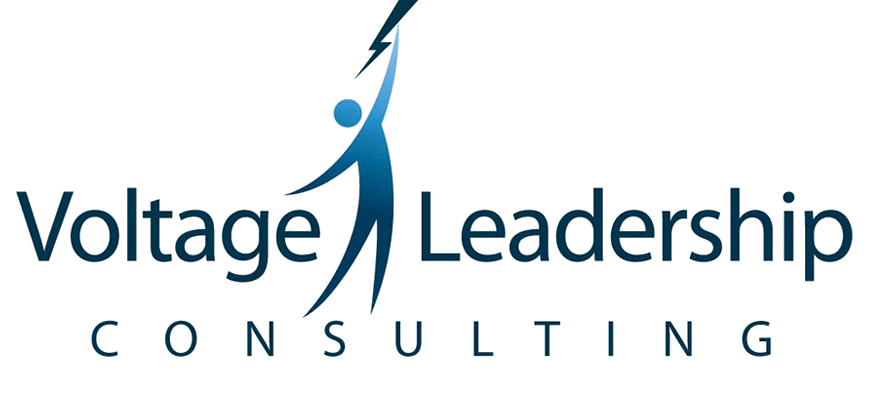The Right Stuff: Top 4 Qualities of Change Leaders
The leader comes to the front of the room to speak.
They look around the room and then begin with: “We are implementing a new…..” and with those few words, a chain reaction begins to take place in the hearts and minds of the people around the table.
I mean that literally. When people are confronted with news about change their breath tends to get shallow, and their heartrate tends to increase. Our bodies begin reacting to news about change even before our minds have evaluated what the news means.
The best outcomes for change happen, therefore, when the people around the table have been prepared for the news, and have some agency over the outcomes.
But when was the last time you experienced seamlessly executed change in your business?
· A new product rolled out well, on both the customer and our workforce!
· Teams were realigned in ways that everyone celebrated and embraced!
· Process changes were enthusiastically implemented!
(You might be asking “Do these things really happen like this anywhere in business, or only in articles like this?” Fair question. Read on.)
Change is hard on organizations and individuals, but steps can be taken to increase the change resilience in organizations, teams and individuals. In fact, every week I am with at least one client who is executing change with excellence.
When I compare the qualities present in our clients who execute change easily and well, I find these qualities present:
Openness, Humility, Creativity and Tenacity.
Here is what these qualities bring to the table, and a habit you can try that will grow this capacity in your leadership and on your team:
Openness: These leaders want to hear a lot of ideas about how to solve and improve processes and products. The leader’s openness creates openness on their teams. Change is easier when we are open.
Habit to develop: Listening with a “yes” mindset.
Listen fully to what others are saying. Set aside the desire to evaluate and judge ideas. Stay curious all the way through when someone is sharing an idea, asking open-ended questions that challenge the thinking of the person bringing the idea forward. What part of the idea is brilliant?
Humility: These individuals and teams are willing to have their ideas and beliefs challenged. They work hard to hear each other out and fully understand other points of view.
Habit to develop: See situations through someone else’s eyes.
Imagine the idea or outcome from the point of view of the person or team bringing the idea forward. When we do, our own thinking becomes more nimble. Richard David Carson, author of Taming Your Gremlin wisely points out that beliefs are simply opinions we have developed loyalty to over time. Seeing the world through the eyes of others gives us broader perspective and protects us from blind spots.
Creativity: New ideas and interpretations are valued and heard. Changes of perspective are regularly undertaken by every member of the team and their leader.
Habit to develop: Use your imagination.
Be creative! When we dabble with our artistic side, or try something new in a discipline outside our professional expertise, we unleash our imagination. Play with a new idea, concept or experience. It keeps our thinking and perspective fresh.
Tenacity: Determination and grit create the momentum to move forward and the mindset for success.
Habit to develop: Have a thinking partner.
A thinking partner is someone who can help you reframe situations and circumstances. Many leaders engage a trusted person outside the organization who can help them turn problems into possibilities. These people often act as accountability partners as well, asking questions and providing insight and encouragement when leaders feel stuck. This is some of the most rewarding time I spend with clients.
Here are some questions to help you get started in your own change process:
- Imagine the last time you went to the front of the room to speak about implementing a new change. What did the people in the room think about your openness, your humility, your creativity, your tenacity?
- Which of those imagined “scores” would you like to change?
- What new habit would help you improve in this area?
- Who can help hold you accountable to being the kind of leader you want to become?
I encourage you to take a half an hour and think through these questions. When we stop and assess ourselves, choose something to change, and then implement those new behaviors, we are building our own change resilience.
